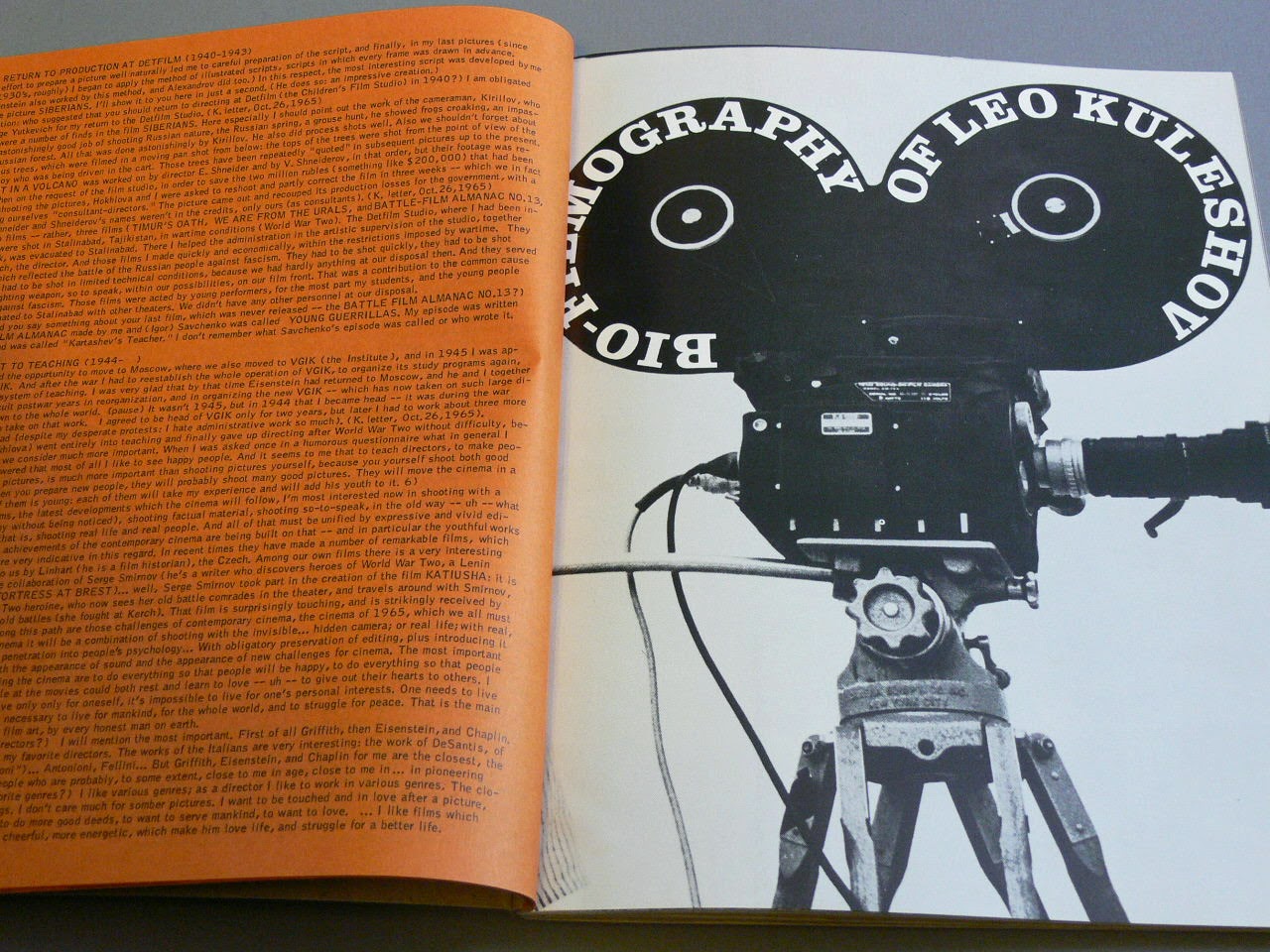Jonas Mekas (ed), George Maciunas (designer)
Film Culture 44, Spring 1967
New York City, USA: Film Culture, 1967
78 pp., 26.5 x 21 cm., softcover
Edition size unknown
Founded in 1955 by Jonas Mekas and his brother Adolfas, the New York-based magazine Film Culture is regarded as the seminal avant-garde cinema magazine. It began by covering Hollywood films and evolved into the primary voice of independent and avant-garde cinema, continuing on until 1996.
Film Culture took up offices in the 80 Wooster Street building that friend and fellow Lithuanian George Maciunas converted into the "creative co-op" that first brought artists into SoHo, changing the area forever, and earning him the epithet “Father of SoHo”. Maciunas was was the designer for nine of the seventy-nine issues of the journal. He responsible for the typography and layout of issues 14 - 18, 30, and 43 - 45. (Maciunas' design for Mekas' book Reminiscences can be seen here).
Maciunas bound issue #30 in corrugated cardboard and issue #43 was a newspaper dedicated to Fluxus, but #44 remains the most accessible (read: still available for under $150), while still showing the hallmarks of Maciunas' design. These include an envelope containing facsimile reproductions of hand-written notes to Mekas, his stylized interplay between image and typography and his own contribution “USA Surpasses All Genocide Records”.
"Maciunas was a highly skilled typographer and graphic designer. He did commercial work to seek out a living, but used non-commercial venues to experiment with new ways of representing ideas in graphic form. His multi-disciplinary studies in architecture, art and graphic design at Cooper Union, in architecture and musicology at the Carnegie Institute of Technology, and in art history at NYU’s Institute of Fine Arts, exposed him to an array of visual information—from musical scores to architectural blueprints—giving him the tools to develop his unique graphic style. We see this early on in his ambitious information charts, begun in the late 1950s, which trace developments in the histories of art and world events, covering antiquity to the present.
Well-versed in the history of the avant-garde from Dada to Lettrism, Macuinas continued these groups’ interests in the visuality of text, often as a means to explore the conceptually challenging spaces in which semiotics break down. Fluxus, in particular, but also journals such as Film Culture, were where his most inventive designs came to light."
- Tomas Schmit




No comments:
Post a Comment